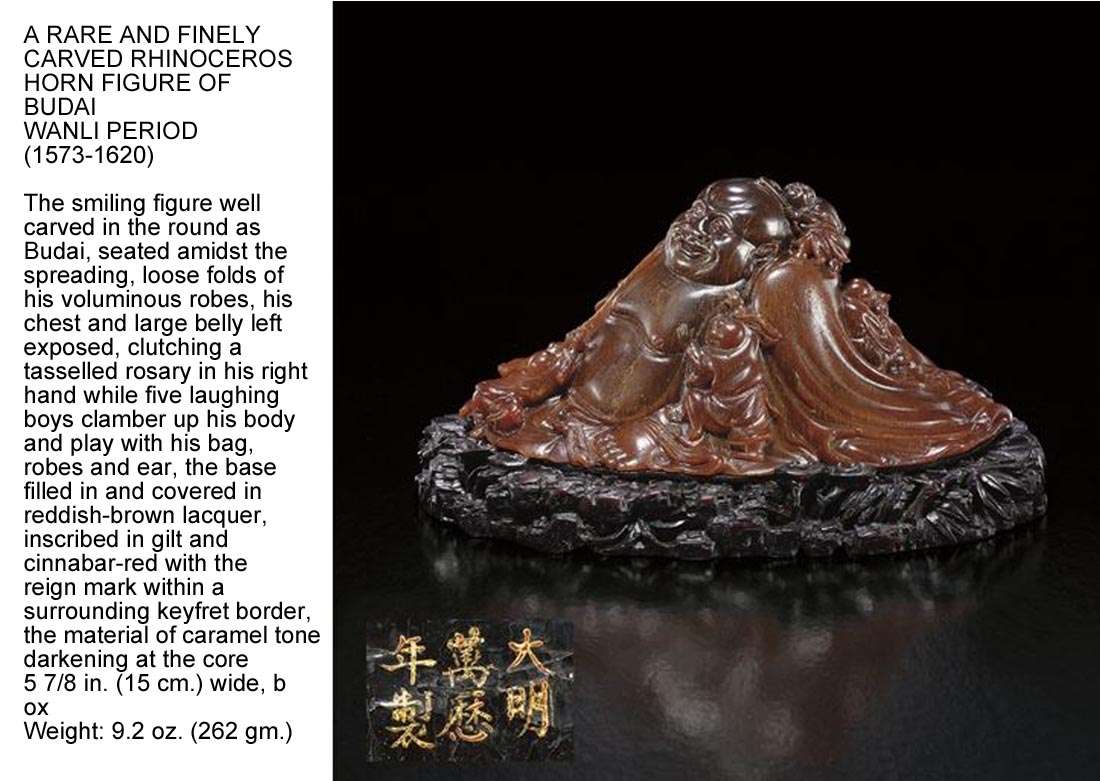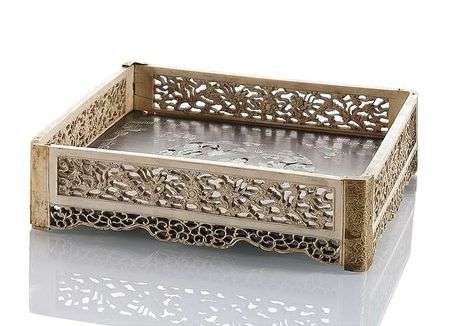Chinese Scholar's Studio Objects
Chinese scholar's objects hold a special niche in the arena Asian art. For students and collectors, they are the core physical embodiment symbolically of China's most elite intellectuals and their pursuits. Historically the scholar's studio and it's contents has been through many evolutions, starting during the Song Dynasty right through the late Qing Dynasty (1644-1911).
Historians view the styles and taste employed during the late Ming as the most classic in it's adherence to the literati style. Consequently, the vast majority of scholar's objects reflect this sensibility and taste. The popularity and concepts of the Literati style continued well into the 20th C. . The studio was the scholar's oasis from the world, his special place of study, contemplation, and creation. At the risk of being crass, the Studio was the Man Cave of it's day for Chinese intellectuals.
Chinese Scholar's Studio Objects , The Literati Style
Optimally the studio was arranged in a small separate building away from the scholar's home. These studios were meticulously decorated ideally with simple useful objects of refined elegance. Comprising chairs, tables, brush pots, inkstones, scroll weights, table screens, scholar's rocks, books, seals, ruyi scepters, paper trays, brush wrests,arm wrests, water droppers, various brushes for painting and writing script as well as musical instruments. Useful objects for not only the hands from which things could be created but also useful in stimulating thoughts and ideas from which art itself can be created. As a result, everything found in the studio had it's purpose on several levels.
The description of the perfect studio in it's simplicity was and is referred to as having wenya or "literary elegance" . Wenya, unlike the objects intended for sumptuous environs of the Imperial court or wealthy merchants, the Studio describes a quieter more thoughtful beauty grounded in simplicity and the natural world. The studio and it's contents were intended to ideally reflect the aesthetics of it's owner and when old enough for his sons.
The Life of the Chinese Scholar's Studio, the wenren
The true literati were known as the wenren. These were men with deep understandings of history, philosophy, art and literature. The wenren were generally grounded in the fundamental ethics put forth in the codes of three belief systems. They were Confucian virtue, the Taoist belief in creative freedoms as well as Buddhism. Wenren hua refers generally speaking to amateur literati painters. The term coined during the Yuan dynasty (1279-1368). They were most often among the well-educated government employees of the era, often working as teachers. Their focus favored various disciplines associated with the arts, poetry and painting. The painting style of the wenren hua was that of the Chinese impressionist school. The artist's goal was to capture the essence or the most refined aspect of an idea free of superfluous influences.
The studio was a place of artistic expression and experimentation. A place to paint, write poems or to simply practice various styles of calligraphy. The Chinese scholar's studio was a place of intellectual pursuits on many levels. The studio was also a place of social gatherings for the literati classes. They gathered to share their creations and ideas as well as discuss philosophy to pass the day. Artists would often exchange scrolls and poems among themselves as gifts and symbols of their personal friendships as acknowledgments of appreciation. On the walls and tables before these gatherings, the host would hang important scrolls from their collections. Often the host, for the enjoyment of visitors, would display interesting objects for the enjoyment of visitors. From this environment came what are today referred to as Chinese scholar's studio objects.
The catalog below is that of the collection belonging to Ian and Susan Wilson, auctioned by Christie's in New York March 16, 2016.
Click the Image









Leave a Reply